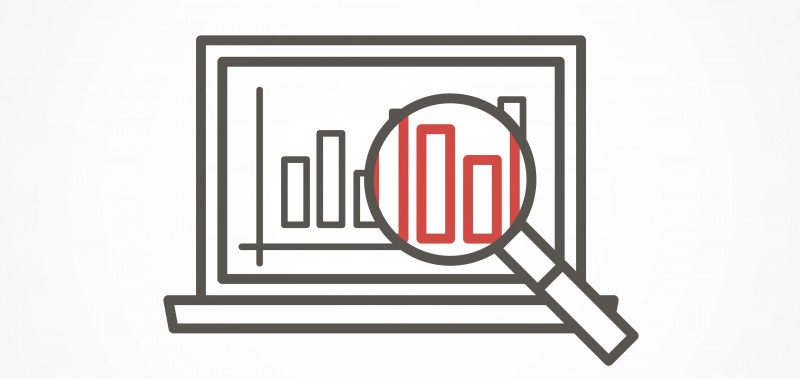Spreadsheets are structured things: They have clearly defined lines, cleanly labeled columns and rules that govern what goes where. For decades, government analytic programs have become skilled working within those parameters, even if it means spending countless hours manually manipulating data to fit. Spreadsheets are what Andy MacIsaac, Solutions Marketing Director for the Public Sector with Alteryx calls “30-year-old desktop technology.” But other data exists, doesn’t it? The world is full of PDF documents, audio and video files, social media posts, and other “messy” data sources, called unstructured data, that most agencies overlook. And most agency analytics programs are fragmented and overly manual.
Making Connections
“We need to modernize … and democratize the approach to analytics within organizations,” MacIsaac said, to eliminate the artificial divide between data experts and the people on the business end of agency operations. Organizations also must curtail their use of manual systems and leverage all available data, structured and unstructured.
“It’s all about using that data to create … the complete insights that you need to make sure people are getting the support and services they need … and uncover potential problems that maybe you never thought existed,” he explained.
Alteryx — which MacIsaac heard one client describe as the “Swiss Army knife” of data analytics — ingests data from different sources and manages it throughout an analytics life cycle. That includes cleaning “dirty” data (e.g., removing duplicates) and applying descriptive, predictive, geospatial or other analytic approaches, using a single platform, he said.
A Real Difference
Consider the state of Ohio. Residents often were unaware that they qualified for more than one social services program, such as Medicaid, the Supplemental Nutrition Assistance Program (SNAP), the Temporary Assistance for Needy Families (TANF) and the Women Infant and Children (WIC) program.
Alteryx, through the work of a solution provider, helped Ohio compile enrollment data from multiple programs, matching identities, eliminating minor discrepancies and cross-checking information. The state identified and contacted roughly 77,000 people who likely qualified for benefits they were not receiving.
MacIsaac said the overriding question was, “how do we … increase the social safety net, to make sure that the most vulnerable of our population are getting the services they need?”
Empowering Employees
The public sector has trouble attracting and retaining top talent, so managers should reevaluate how much time their existing employees spend on manual, mundane tasks that pull them away from higher-value work, said MacIsaac. And with a shortage of data scientists, agencies should adopt analytics platforms that everyone can use.
“You have some very capable people within your organizations,” he observed, “[and] if you … enable them with the right technology, they’re going to be able to do some pretty impactful things.”
Regardless of technical acumen, an individual can use an Alteryx analytics platform to answer questions that drive mission outcomes. In turn, that enhances employee skillsets, democratizes agency data and makes analytics a team sport, he said. Data is not theoretical, MacIsaac explained. Its impacts are real.
This article appears in our guide, “Decision Intelligence: New Possibilities for Data-Based Decision-Making.” For more about how agencies are using data in practical ways, download the guide here:






Leave a Reply
You must be logged in to post a comment.